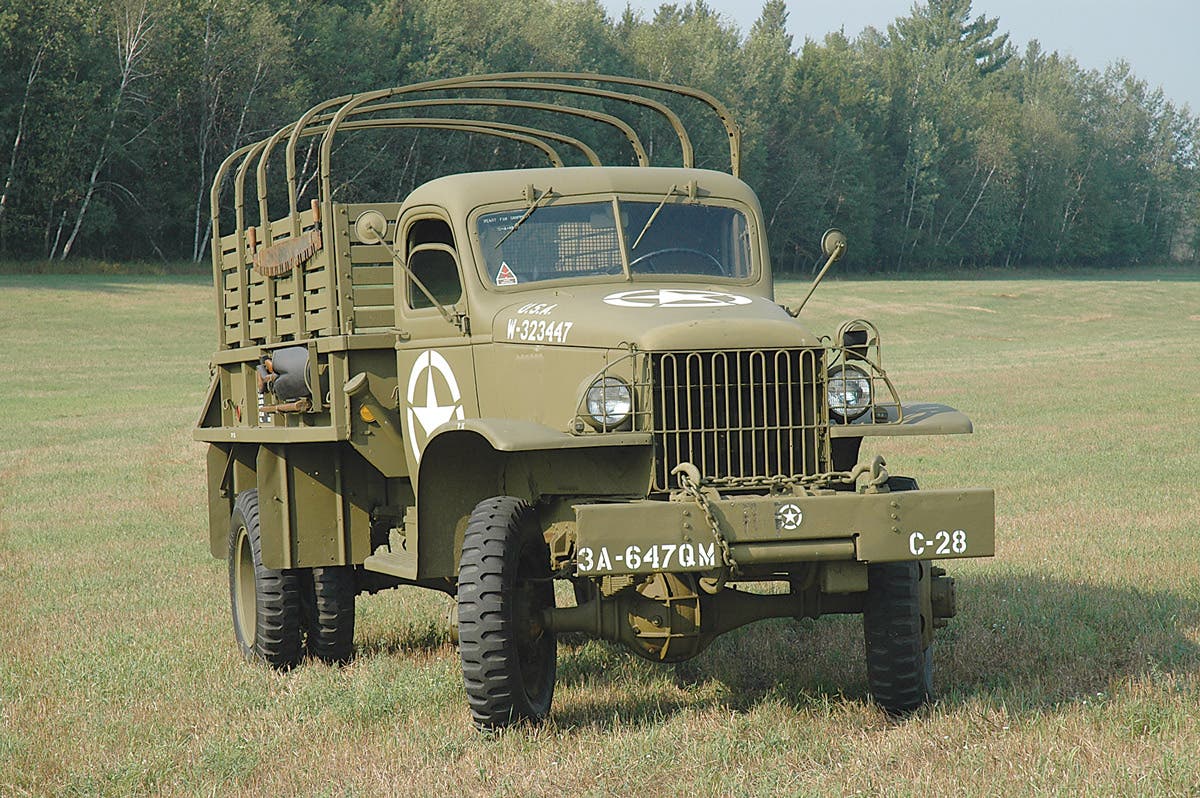What is THAAD?
What is THAAD? A relative recent addition to the United States’ anti-ballistic missile/interceptor systems, Terminal High Altitude Defense has quickly entered the news media’s vocabulary. We break down just what it is…and capable of.
During the past few years, “THAAD”— the Terminal High Altitude Defense —has been in the news. With North Korea making multiple ballistic missile tests in recent history, “THAAD” has entered the news vocabulary to represent both a hot-button topic and a sort of international “safety net.” But what is it, exactly?
THAAD is a relative recent addition to the United States’ anti-ballistic missile/interceptor systems. The concept was proposed in 1987, with a formal request for proposals submitted to industries in 1991. In September 1992, the US Army selected Martin Marietta (now Lockheed Martin) as prime contractor for THAAD development.
The ground-based missile defense system entered production after the Persian Gulf War. It is designed to destroy any short-, medium- or intermediate-range ballistic missile while in the “terminal” phase (the ‘T’ in the acronym) when the missile is plunging back to earth toward its target. The THAAD interceptor doesn’t carry a warhead. Rather, the system destroys an incoming missile through a “hit-to-kill” approach, relying on kinetic energy. A kinetic energy hit minimizes the risk of exploding a ballistic missile’s conventional or nuclear-tipped warhead.
The system is also designed to be highly mobile. It consists of four main components: The truck-mounted launcher; eight interceptors on the launcher; a transportable radar system; and a fire control system that links the various components with external command centers.
Operating the THAAD system is similar to many other missile interceptor and surface-to-air missile systems. According to Lockheed Martin, there are four stages to its operation.
First, THAAD is activated when an X-Band active electronically scanned array (AESA) radar (AN/TPY-2) detects and identifies a target projectile.
Second, THAAD’s fire control and support equipment identifies and verifies the threat before initiating the launcher.
Third, the launcher releases the infrared seeker head-equipped THAAD missile.
If all goes right, THAAD destroys the incoming missile by colliding with it in the fourth and final stage.
Because the destruction occurs at a high altitude, the effects of any weapons of mass destruction can be mitigated. This ballet takes place at hypersonic speeds over Mach 8 at “high altitude” (the “H” in the acronym) — up to 93 miles above the earth’s surface in either the atmosphere (endo-atmospheric) or out of the atmosphere (exo-atmospheric).
SO WHY IS THAAD IN THE NEWS?
THAAD systems have been deployed in several places around the world, including the United Arab Emirates, Turkey, Guam, and Hawaii. In 2016, the Defense Department announced it would deploy a system to South Korea in what the Pentagon described as a “defensive measure” against North Korea.
In response, North Korea has performed military exercises to practice targeting U.S. military bases in Japan. Several SCUD-type missile launchings suggested that North Korea was training to see how quickly it could deploy and fire extended-range missiles. The United States responded by announcing the plan to deploy THAAD to South Korea the week following the launches.
In reaction to the U.S. plan, China responded with a threat of “consequences.” Geng Shuang, a spokesman for China’s Foreign Ministry, said during a daily news briefing in Beijing following the U.S. announcement, “We will resolutely take necessary measures to defend our security interests.”
So why did China (and even Russia) express so much anxiety about a THAAD system recently deployed in South Korea? Any missile that either nation could conceivably launch against the United States would not be threatened by THAAD. The system defends against missiles plunging to earth, that is, in their “terminal phase.” Any launches from either nation would be passing over the THAAD’s range of effectiveness during their climbing, “initial phase.” Rather, what seems to be at the root of China or Russia’s concern are the sophisticated AN/TPY-2 radars that THAAD uses.
The AN/TPY-2 is a missile-defense radar that can detect, classify, and track ballistic missiles. It operates in the X band of the electromagnetic spectrum, which enables it to see targets more clearly, and it has two modes — one to detect ballistic missiles as they rise, and another that can guide interceptors toward a descending warhead. China might feel the radar could be used to track its missile systems, potentially giving the United States a major advantage.
While the THAAD deployment to the Republic of Korea appears to be directed against North Korea, China’s response and continued dramatic North Korean reactions ensure that “THAAD” will remain in the common vocabulary of our defense news for the immediate future.
You may also enjoy
*As an Amazon Associate, Military Trader / Military Vehicles earns from qualifying purchases.
John Adams-Graf ("JAG" to most) is the editor of Military Trader and Military Vehicles Magazine. He has been a military collector for his entire life. The son of a WWII veteran, his writings carry many lessons from the Greatest Generation. JAG has authored several books, including multiple editions of Warman's WWII Collectibles, Civil War Collectibles, and the Standard Catalog of Civil War Firearms. He is a passionate shooter, wood-splitter, kayaker, and WWI AEF Tank Corps collector.








